Asian Fit vs. Low Bridge Fit Eyewear: Understanding the Differences
1. Finding the Perfect Fit for Your Face
For many people with diverse facial features, finding the perfect pair of glasses or sunglasses can be frustrating. Terms like "Asian fit" and "low bridge fit" are increasingly common in the eyewear industry, but what do they really mean, and are they actually addressing the needs of people with different facial features? In this comprehensive guide, we'll explore the nuances between these terms, why they matter, and how to find eyewear that truly fits your unique features.
2. Why Traditional Eyewear Often Doesn't Fit Everyone
Traditional eyewear designs have historically been created based on European facial features, which typically include higher, narrower nose bridges, less pronounced cheekbones, and different facial proportions. This standardized approach leaves many people experiencing common fit problems like glasses sliding down the nose, frames resting on cheeks, pressure points on the sides of the head, and eyes not being centered in the lenses.
If you've ever experienced your glasses constantly slipping down or resting uncomfortably on your cheeks or nostrils, the issue isn't with your face—it's with the limited design approach of conventional eyewear.

3. The Problem with the Term "Asian Fit"
The eyewear industry has long used the term "Asian fit" to describe frames designed for people with lower nose bridges, higher cheekbones, and different facial proportions. However, this terminology is problematic for several reasons. It homogenizes incredibly diverse populations, positions European features as the default standard, and fails to acknowledge that these facial features exist across many ethnicities and backgrounds.
We know this firsthand at REFRAMD. We initially wanted to start REFRAMD as eyewear for Black people's nose profiles, which became difficult very quickly because Black people come with extremely diverse facial features. This experience reinforced our belief that eyewear design needs to move beyond broad ethnic categorizations toward a more nuanced understanding of facial diversity
4. Why "Low Bridge Fit" Is a Better Description
The term "low bridge fit" describes the actual anatomical feature being addressed rather than associating it with a specific ethnicity. This more accurate terminology focuses on the height and width of the nose bridge, the relationship between facial features, and the specific design modifications needed for comfort.
Using anatomically descriptive terms like "low bridge fit" or "wide bridge fit" allows for more precise communication about eyewear needs while respecting the diversity that exists within all ethnic groups. It acknowledges that facial features exist on a spectrum rather than fitting into neat racial or ethnic categories.

Naemi wearing Lipitika (low and wide bridge)
5. Key Design Features That Create a Better Fit for Diverse Faces
Truly inclusive eyewear brands consider several important design elements when creating frames for diverse facial features. Adjusted nose pads that are wider, longer, or more adjustable help distribute weight more evenly across the nose. Modified frame curvature with a more pronounced wrap provides better stability for different facial structures.
Reduced lens angle (or pantoscopic tilt) prevents frames from touching the cheeks, while increased bridge width creates more space between lenses to accommodate wider nose bridges. The optimized nose splay angle—the angle at which nose pads or bridge rests against the sides of the nose—is designed to match diverse nose shapes and provide stability. Finally, attention to frame weight and balance using lightweight materials prevents sliding and improves overall comfort.
Each of these design elements addresses specific fit challenges that people with diverse facial features often encounter with traditional eyewear. When combined thoughtfully, they create frames that both look and feel better on a wider range of faces.

Shariff wearing Moni (low and wide bridge)
4. Why Facial Diversity Goes Beyond Simple Categories
At REFRAMD, we believe that facial diversity exists on a spectrum that crosses all ethnicities and backgrounds. Our approach focuses on understanding individual facial measurements, creating designs based on data from diverse populations, offering adjustment options for personalized comfort, and using inclusive language that respects all customers.
The reality is that there's as much variation within ethnic groups as there is between them. Two people with the same ethnic background may have completely different facial features and eyewear needs. This is why we advocate for a more nuanced, measurement-based approach to eyewear fit rather than relying on broad categorizations.

5. How to Find Eyewear That Actually Fits Your Face
When shopping for eyewear that truly fits your unique facial features, start by knowing your measurements—understand your nose bridge width, face width, and temple length. Look beyond marketing labels and focus on the specific features of frames that address your particular fit needs.
Consider frames with adjustable elements like flexible nose pads that offer more customization options. When trying on eyewear, test for comfort points by checking for pressure on your cheeks, nose bridge, and temples. Make sure your eyes are properly centered in the lenses for optimal vision and appearance.
Taking the time to find eyewear that genuinely fits your facial structure isn't just about comfort—it's about ensuring your glasses or sunglasses perform as intended and complement your natural features.

6. How REFRAMD Is Revolutionizing Eyewear Design for All Faces
Our commitment to inclusive eyewear design goes beyond industry buzzwords and shallow categorizations. Here's how we're revolutionizing fit for diverse faces:
Technology-Driven Solutions
We've developed sophisticated 3D facial scanning technology that captures the nuanced dimensions of each face. Our proprietary virtual try-on app provides real-time fit assessment across different face shapes. Behind the scenes, we analyze thousands of facial data points to identify fit patterns that traditional design methods miss.
Beyond One-Size-Fits-Most
Rather than creating a single "alternative fit," we design multiple fit variations based on real facial measurement clusters. Each frame is engineered with adjustable elements that adapt to the subtle variations within facial structures. We test prototypes on diverse fit models representing a wide spectrum of facial features to ensure comfort across different face shapes.
Transparency in Design
We communicate specific measurements and fit characteristics for each frame instead of using ethnic labels.
Continuous Innovation
Our design team regularly collaborates with optical experts and anthropometric researchers to stay at the forefront of inclusive design. We incorporate customer feedback into an iterative design process that constantly evolves our understanding of fit needs. We're building an ever-growing database of facial measurements to ensure our designs remain truly inclusive.
By combining cutting-edge technology with human-centered design principles, we're creating eyewear that truly celebrates facial diversity while providing exceptional comfort, style, and functionality

7. The Future of Inclusive Eyewear Design
The eyewear industry is slowly moving toward more inclusive designs, but the language and approach still have room for improvement. By understanding the real features that affect eyewear fit and looking beyond problematic categorizations, you can find glasses that truly complement your unique facial structure.
At REFRAMD, we're committed to leading this evolution through data-driven design, inclusive language, and a genuine appreciation for facial diversity. We believe everyone deserves frames that fit perfectly and look amazing, regardless of ethnicity or background.
Whether you have a low nose bridge, a wide nose bridge, high cheekbones, or any combination of unique facial features, the right eyewear is out there—and companies like REFRAMD are working to make it easier to find glasses and sunglasses designed with your specific needs in mind.
8. Find Your Perfect Fit with REFRAMD
Ready to experience eyewear that's designed for your specific facial features? Explore our collection of frames engineered for diverse face shapes, or learn more about our custom fitting process to find your perfect match.
Further Reading:
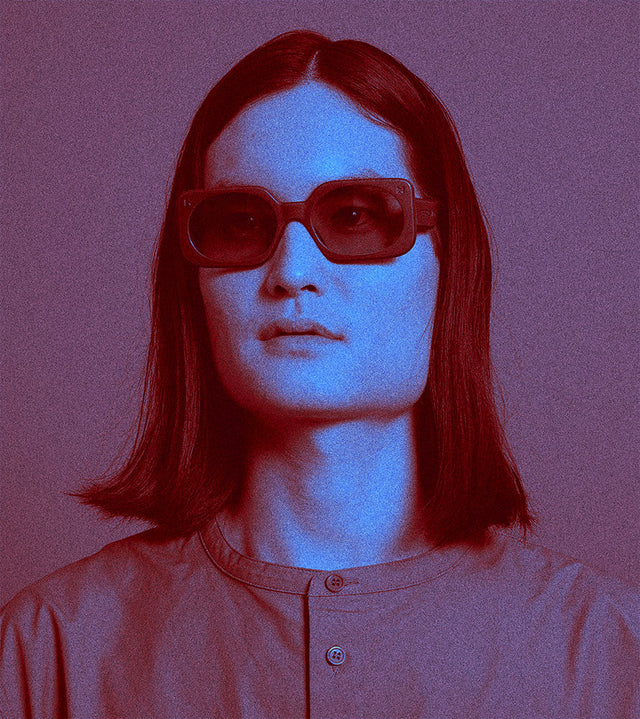

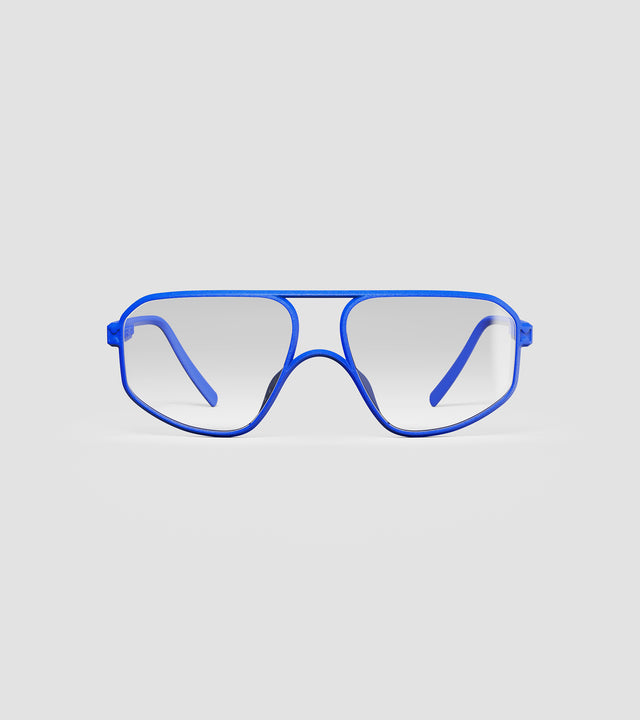
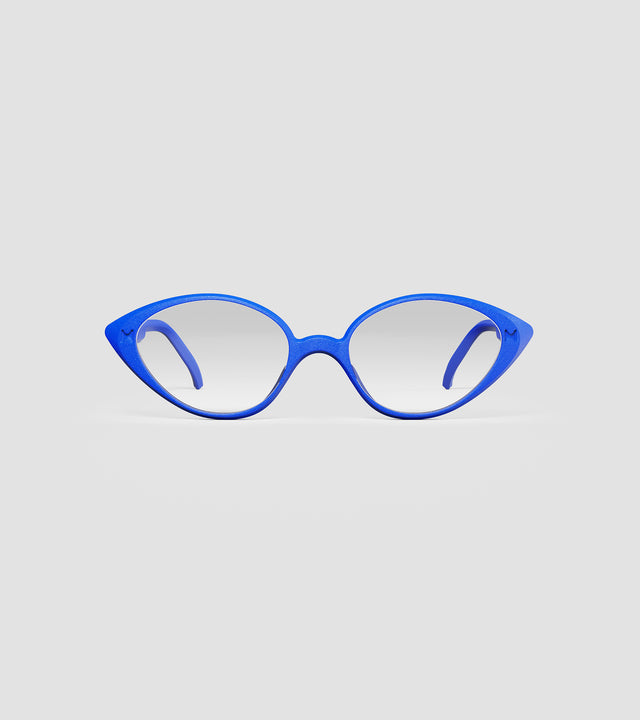
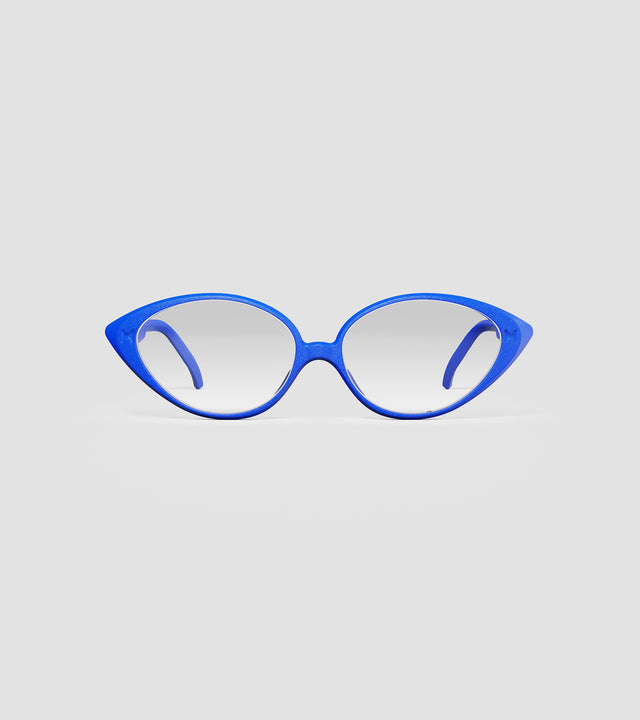
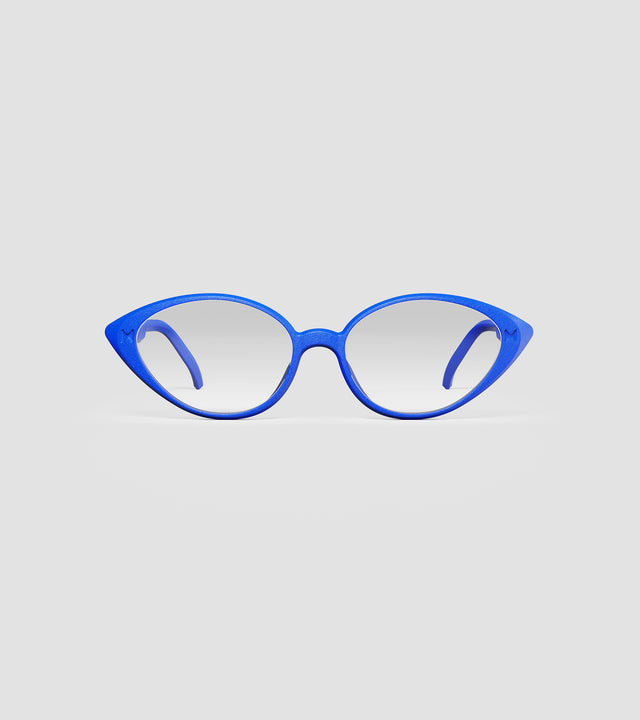
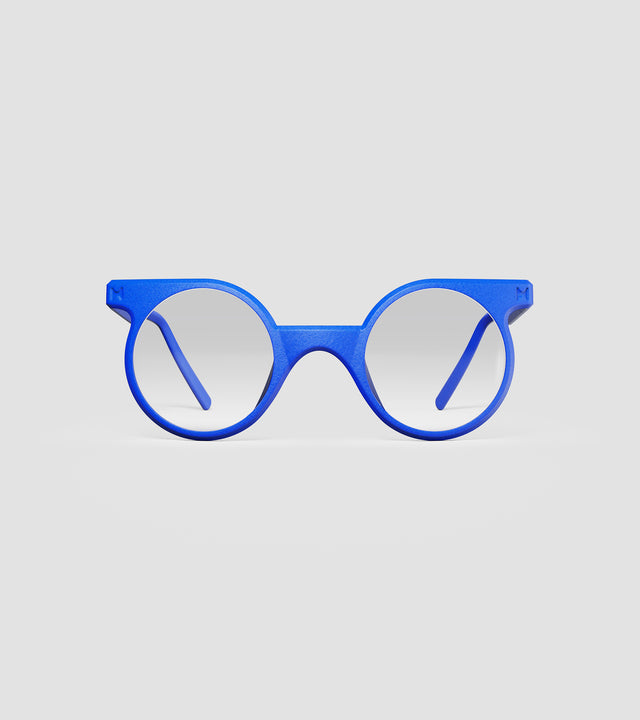
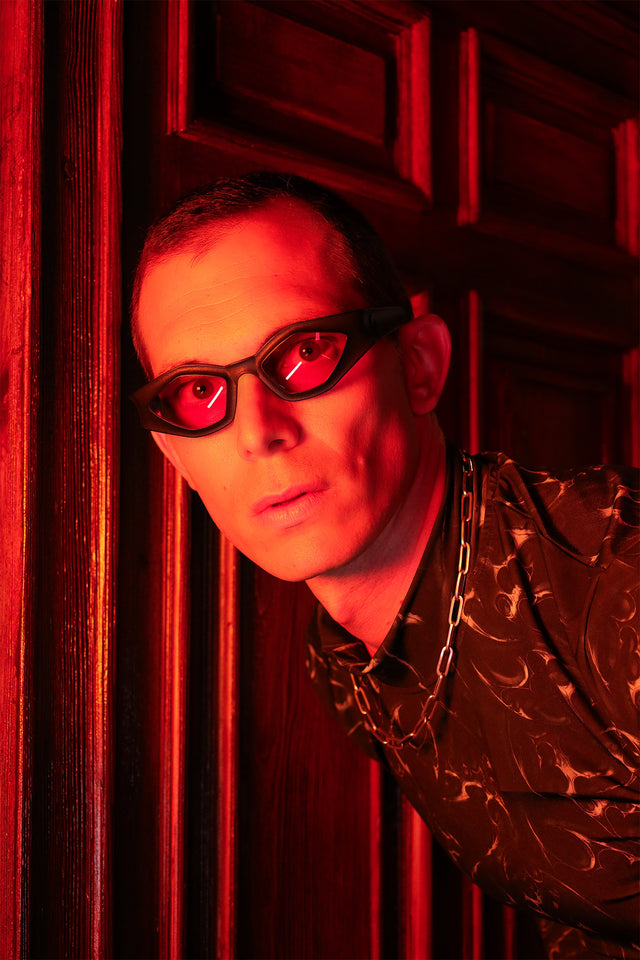
0 Commentaire
Il n'y a pas de commentaires pour cet article. Soyez le premier à laisser un message !